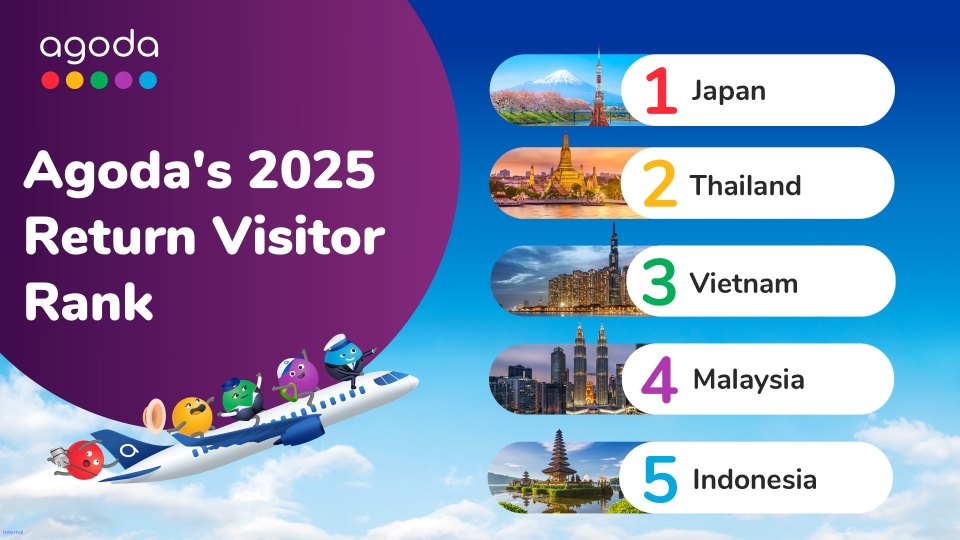Tripchaining emerges as popular travel trend in Greater Mekong Subregion
VOV.VN - Tripchaining - the practice of combining multiple destinations into a single journey - is becoming increasingly popular globally, including in the Greater Mekong Subregion, according to Euronews.
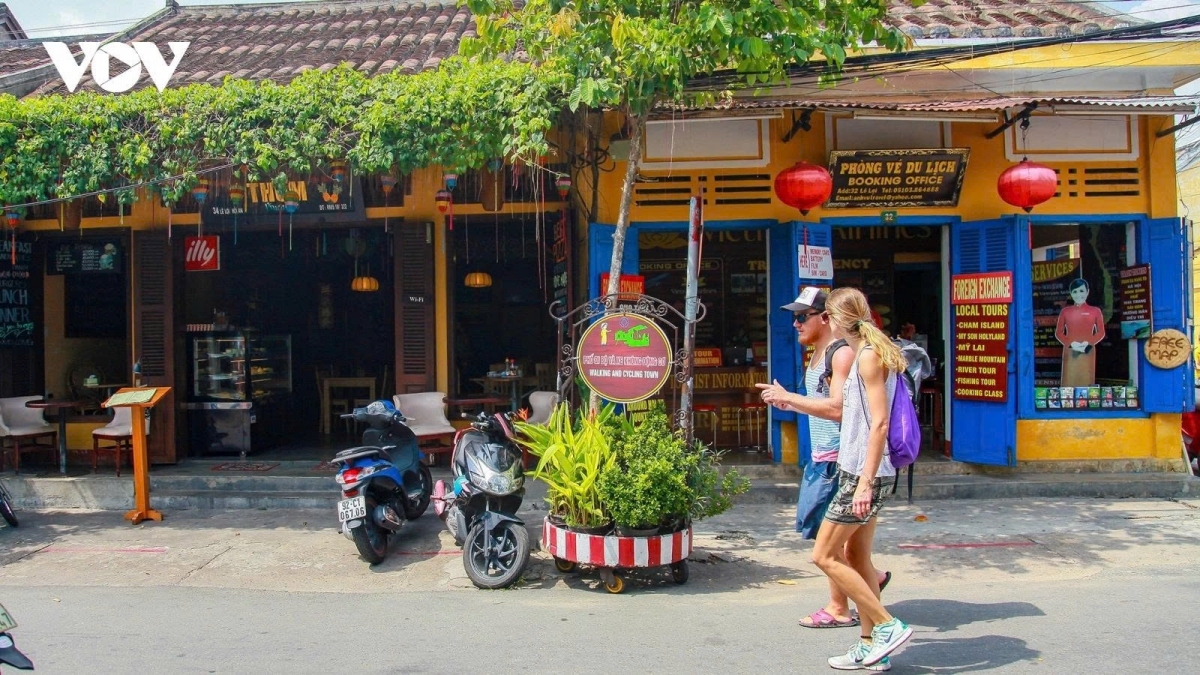
This trend helps travelers save costs, reduce the number of long-haul flights, optimise travel time, and lower carbon emissions, making it a more sustainable way to explore the world.
Euronews cited tour operators Byway and Selective Asia, saying travelers visited an average of 4.5 destinations per trip in 2024, and bookings for tripchaining-style holidays doubled in the past six months.
In Southeast Asia, the route linking Vietnam, Laos, Cambodia, and Thailand is considered a “classic combination,” offering an extended journey filled with diverse landscapes, cultures, and experiences. It is also one of the itineraries actively promoted by international travel companies such as Selective Asia, Audley Travel, and Scott Dunn.
In an email to the newswire, Nick Pulley, founder of Selective Asia, explains that the cost-saving factor of connecting multiple destinations is driving the popularity of this model. Travelers gain more value from their long-haul flights by visiting two or more countries on one trip, minimising wasted transit time and deepening their experience at each stop.
The travel route connecting Vietnam, Laos, Cambodia, and Thailand is suggested as an ideal option that offers visitors rich and memorable experiences
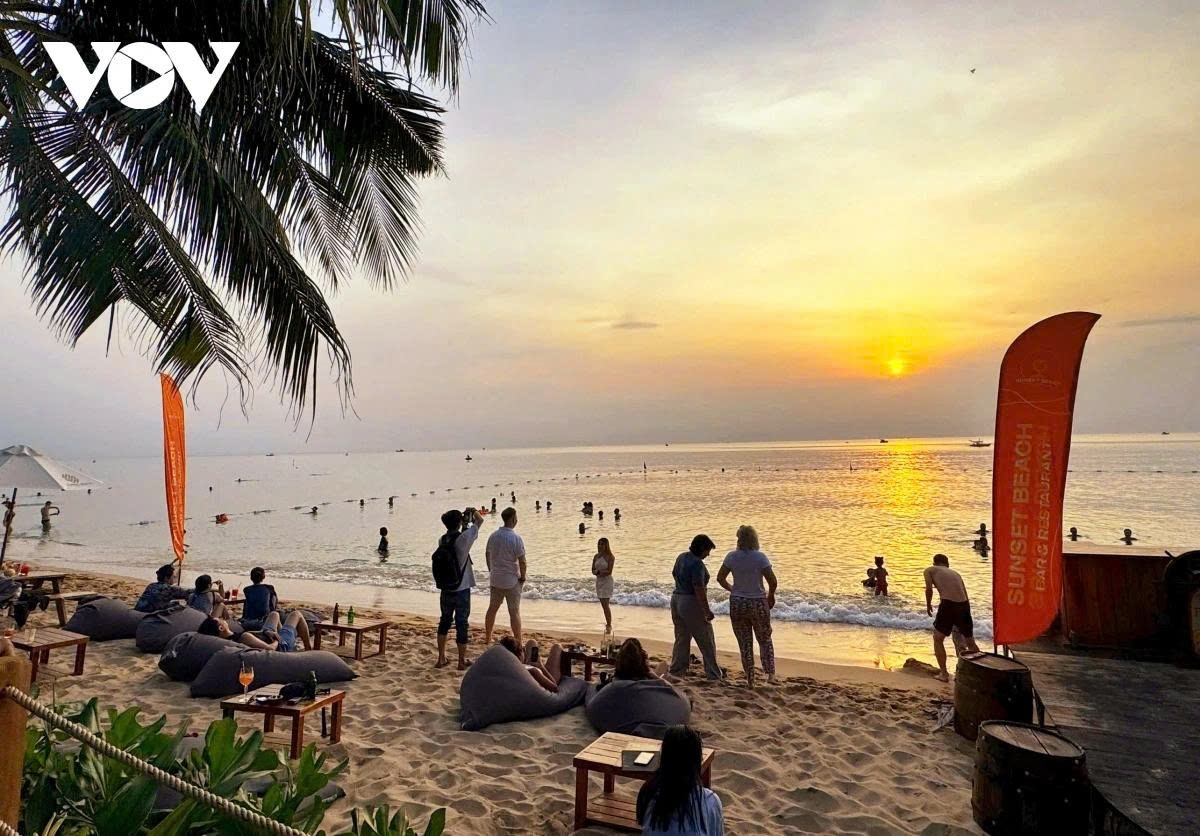
Vietnam welcomes visitors with a wide variety of attractions, from the majestic Ha Long Bay and the stunning Phong Nha–Ke Bang caves to the ancient town of Hoi An and the Imperial City of Hue. The Mekong Delta enchants with floating markets and mangrove forests, while Vietnam’s cuisine – from phở (noodles) and nem (spring rolls) to bánh mì (baguette) offers unforgettable flavours. Beach lovers can relax in Nha Trang, Hoi An, or Phu Quoc, which are also perfect for diving and snorkeling.
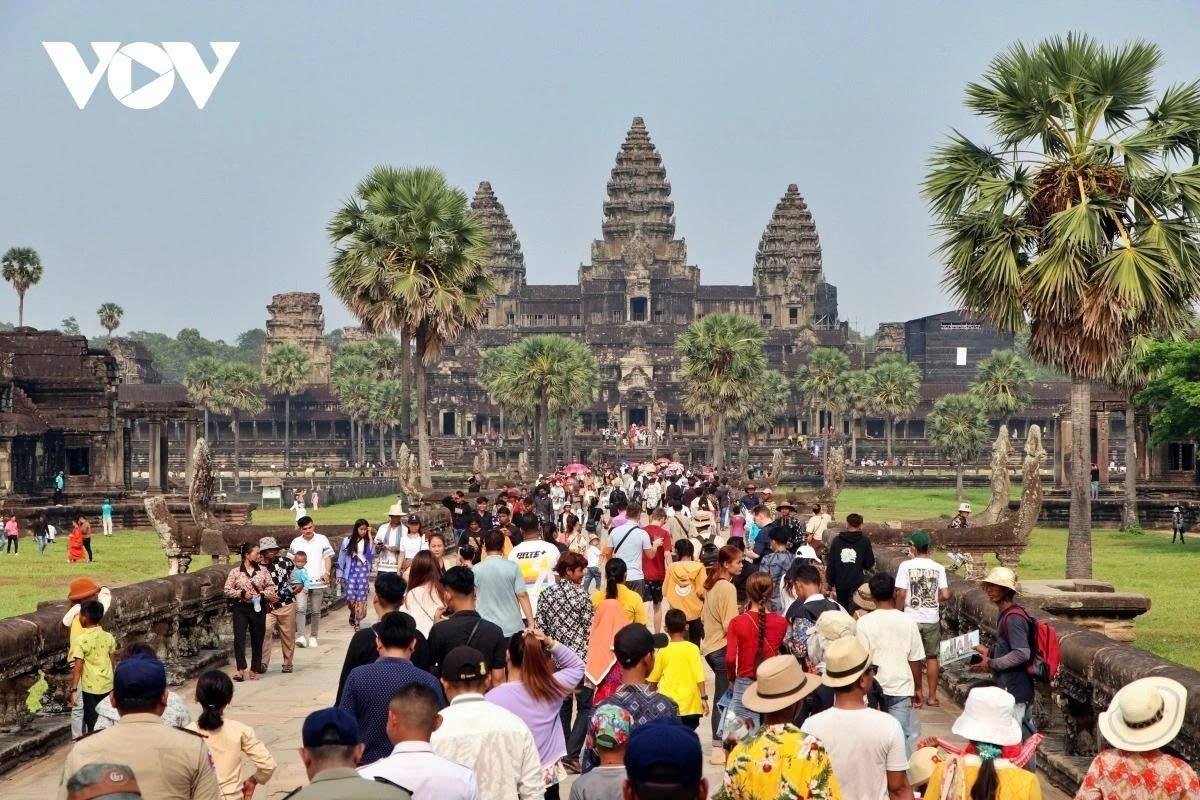
Cambodia is renowned for Angkor Wat, a masterpiece of the ancient Khmer civilization. In Phnom Penh, visitors can explore the Royal Palace and Silver Pagoda, while Siem Reap offers a vibrant Pub Street and traditional shadow puppet performances. The floating villages on Tonle Sap Lake provide a more tranquil, authentic cultural experience.
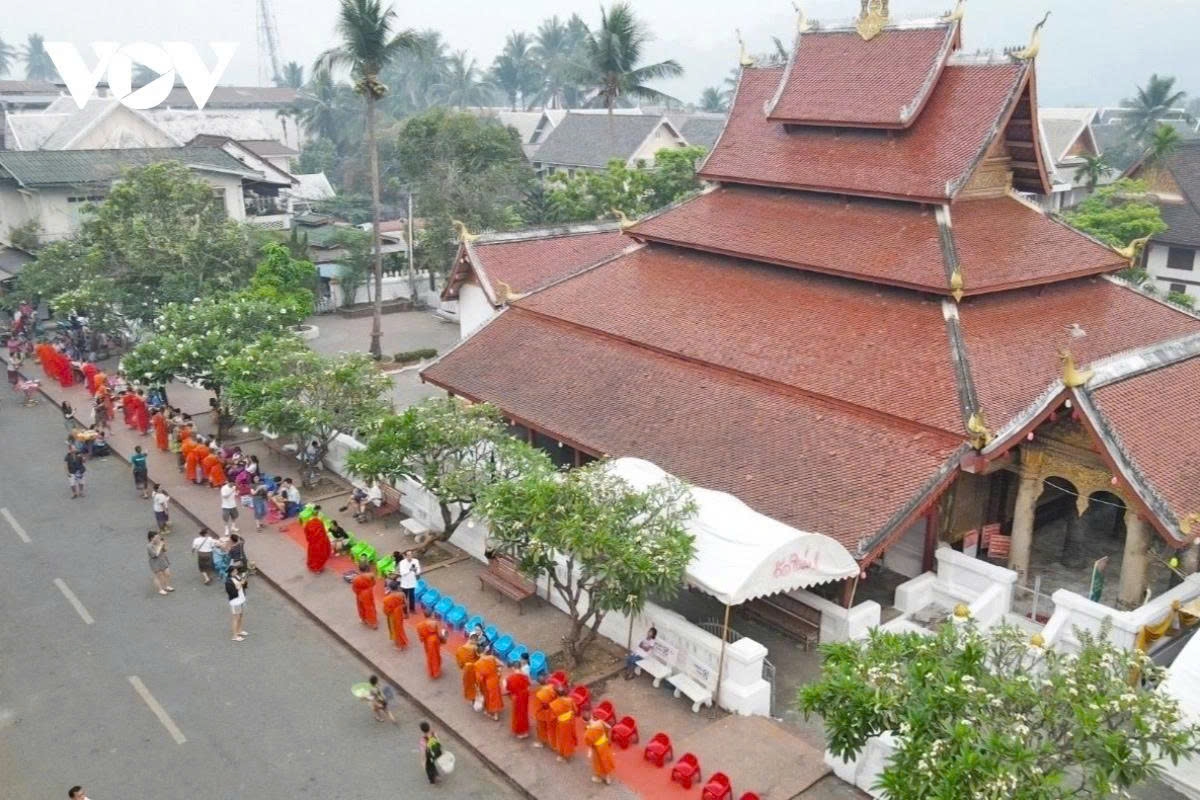
Laos captivates travelers with its slow-paced lifestyle and authentic community-based tourism. In Luang Prabang – a UNESCO World Heritage Site – visitors can join the daily Tak Bat alms-giving ritual at dawn. In Nong Khiaw, travelers can stay with local families, cook traditional meals, weave fabrics, and help reforest the land. Hiking, kayaking, caving, and trekking make Laos a paradise for nature and adventure enthusiasts.
Meanwhile, Thailand remains a top choice for tropical getaways, with Phuket, Koh Samui, Koh Tao, and the Phi Phi Islands among its highlights. Adventurers can go rock climbing in Krabi, snorkeling in Koh Phangan, or enjoy traditional Thai massages in Chiang Mai. Iconic festivals like Loy Krathong and Songkran, alongside ancient cities such as Sukhothai and Ayutthaya, add even more cultural depth to the journey.
Thanks to their natural geographic and cultural connections, Euronews said these four Southeast Asian countries together form an ideal tripchaining route. The model not only offers travelers maximum value and memorable experiences but also contributes to sustainable tourism development across the region.


